How to feed cucumbers with a lack of magnesium?
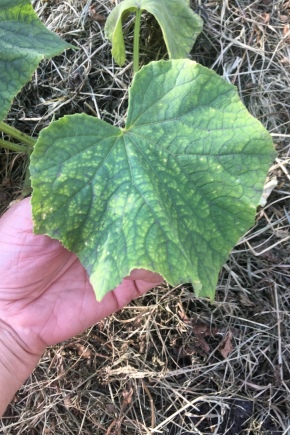
Cucumber is one of the most commonly consumed vegetables. It is grown in garden beds in summer and in greenhouses in winter. It would seem, what is difficult about growing a cucumber? But in fact, in order for the vegetable to be not only tasty, but also useful, throughout the entire growth period, you need to take care of it: water it correctly, make sure that the plant does not get sick, is not eaten by insects and, of course, fertilize.
Very often, due to a lack of minerals and organic additives, cucumbers grow poorly, they begin to wither during the growing season, and the fruits themselves are ultimately not so useful and tasty. Most often, vegetables lack magnesium. How to determine the lack of a trace element in a plant, how to fertilize it, will be discussed in this article.
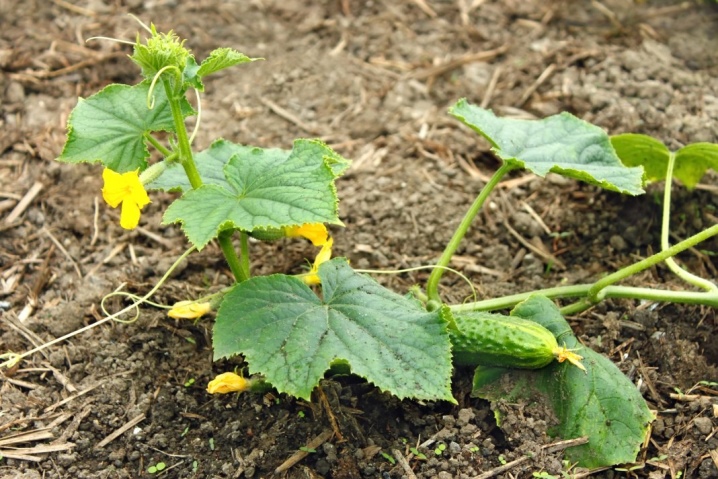
Signs of a lack of magnesium in cucumbers
Magnesium is a multifunctional trace mineral that is often referred to as the mineral of life. It is necessary for both people and plants.
It is one of the most important nutrients for cucumber. The presence of magnesium in a vegetable in the right amount contributes to:
- normal development and growth;
- active flowering and correct bud setting;
- good harvest;
- no problems during the growing season.
A lack of magnesium in a plant leads to the fact that the bush not only changes - it disrupts the metabolic process, increases the risk of diseases, which can ultimately lead to a poor-quality crop.
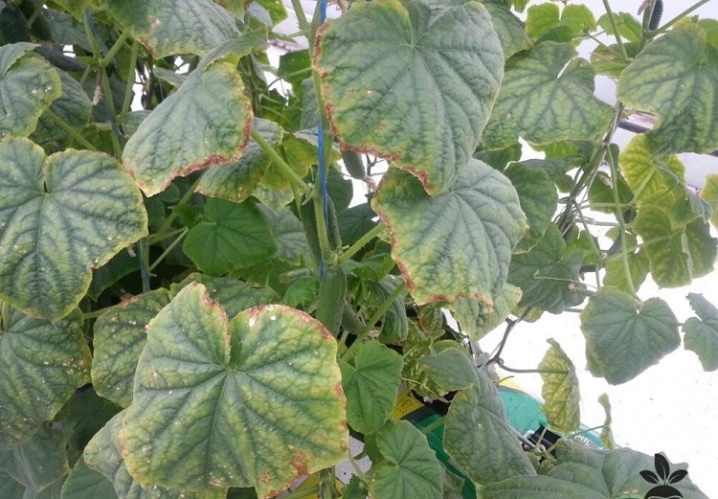
To determine that cucumbers lack this trace element, it is enough to examine the bush. With a lack of magnesium:
- growth activity decreases;
- the stems of the plant are short, tough and very thin;
- the leaves change - instead of a bright green color, they acquire a faded yellow-green color;
- weak and rare flowering, the buds fall off along with the leaves;
- the plant is not able to accumulate energy, since the process of photosynthesis slows down, as a result, the amount of harvest is reduced.
The source of magnesium for any plant is primarily the soil in which the seeds are planted. If it is healthy, filled with all the necessary micro and macro elements, vitamins, the seeds absorb them and give good and active growth.
It follows that before you start planting seeds or seedlings, you need to start preparing the soil... Let's analyze which fertilizers you need to choose.

Fertilizer overview
Today, there are various preparations on sale that are used for cucumbers. Let's take a look at the most effective and commonly purchased baits.
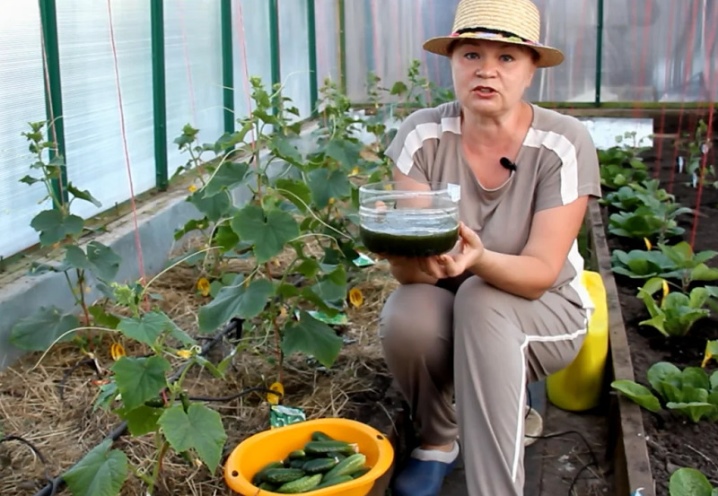
Magnesium sulfate
It is one of the most effective supplements preferred by most experienced agronomists. The preparation contains magnesium in the amount of 17% and sulfur in the amount of 13%. The drug is introduced into the soil in the spring, before planting and digging the earth. For 1 m² of planting area, 10 grams are enough - according to the instructions, they must be diluted in a certain amount of water.
Magnesium sulfate can be used during the period of active growth of the bush for irrigation. To do this, again, you need to prepare a solution. Take 30 grams of the substance for 10 liters of water. You can dilute it for spraying, but the amount of magnesium should be 15 grams.
You need to spray so that the drug flows down the sheet.

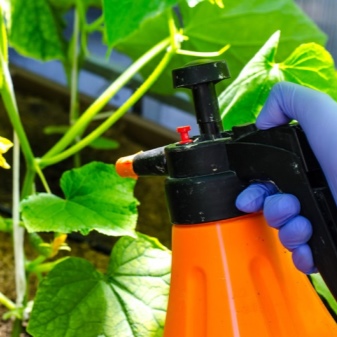
Kalimagnesia
This is potassium-magnesium sulfate, and its here is 10%. It is also applied to the soil before planting. Can be used for watering and spraying.To prepare a solution for irrigation, you will need 10 grams of the drug per 10 liters of water, and for spraying - 20 grams.
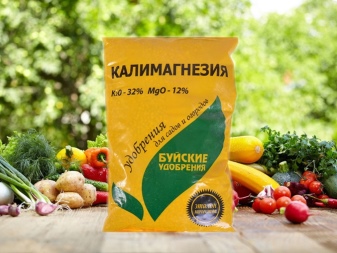

Magnesium nitrate
The fertilizer contains magnesium (16%) and nitrogen. Recommended for fertilizing the soil, watering and spraying plants. Each subsequent feeding should be done no earlier than 2 weeks later.
In addition to the above preparations, organic supplements can also be used. Today, many people prefer natural fertilizers: poultry droppings, manure, wood ash.
It is advisable to add organic additives to the soil in the fall, they need time to decompose and saturate the soil with the necessary substances and elements.
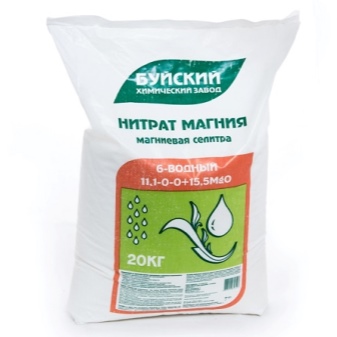
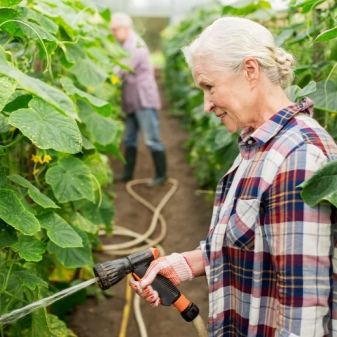
Folk remedies
If you do not have the opportunity to feed the soil with organic fertilizers or buy special additives in the store, you can use folk remedies.
- Nettle infusion. To prepare it, you will need stalks of nettles that are not yet blooming, crackers, yeast and a crust of stale bread. Nettle is cut and mixed with the rest of the ingredients, filled with water in a volume of 1 liter. The mixture is in a state of fermentation for 5 days. Then it must be filtered and diluted in 10 liters of water. The resulting solution is used for watering once a week.
- Herbal infusion... They use chamomile, wormwood, tomato stepchildren, and yarrow. All components are cut or ground and poured with 10 liters of water. It is also advisable to add one more component - humate, about 1 teaspoon. The solution is infused for 5 days. After it is filtered and more wood ash is added to it. Wood ash will strengthen and nourish the root system with useful elements. Water cucumbers with herbal infusion 1 time in 7 days.
In no case, do not use field bindweed (it is toxic) and cereals to prepare herbal infusion, as they release alcohol during fermentation.
Feeding plants with natural ingredients can be done throughout the entire growth period of the vegetable.
Experts say that with a magnesium deficiency, watering the plant with herbal infusion gives a good effect.
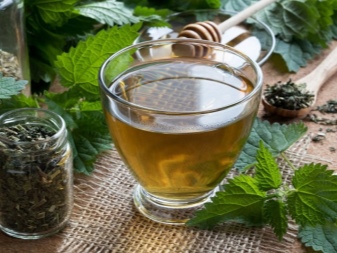
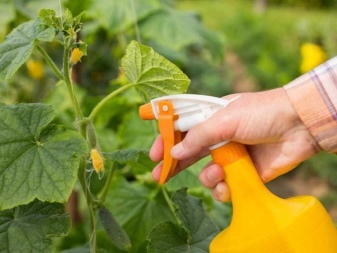
Recommendations
In order to provide the plant with everything it needs and to end up with an excellent harvest of tasty and healthy cucumbers, it is necessary to adhere to the recommendations of specialists.
- Be sure to complete all soil preparation measures before planting seeds in the ground. It is necessary to clear the soil from the remnants of the roots of other plants, from insects and their eggs, from weeds, apply fertilizer in the required amount.
- Inspect the stems and leaves that have already sprouted periodically. If diseased leaves are found, they must be removed and fertilized immediately.
- Follow your watering schedule.
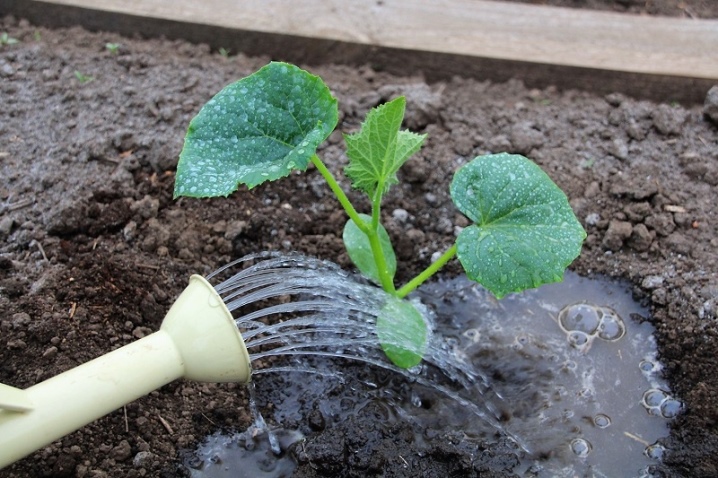
It is very important to apply the top dressing correctly. Some additives need to be applied to the ground in the spring, before digging up the garden, others only in the fall, after harvesting. This is due to the fact that both drugs and organic fertilizers consist of various macro- and microelements, each of which needs a certain time to come into contact with the soil and nourish it.
When using certain fertilizers, carefully read the information that the manufacturer indicates on the packaging. Prepare a solution for watering, plant treatment should be strictly according to the instructions. In case you prefer to use folk remedies, do not be zealous. If, after treatment, the amount of magnesium exceeds the norm, the root system of the cucumber will begin to die off.
Darkened, curled leaves are a sign of root problems and excess magnesium.
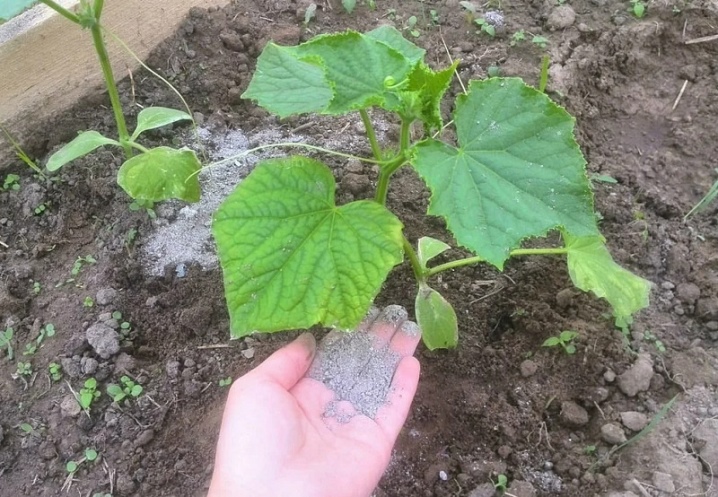
You can find out more information on this issue in the video below.













The comment was sent successfully.